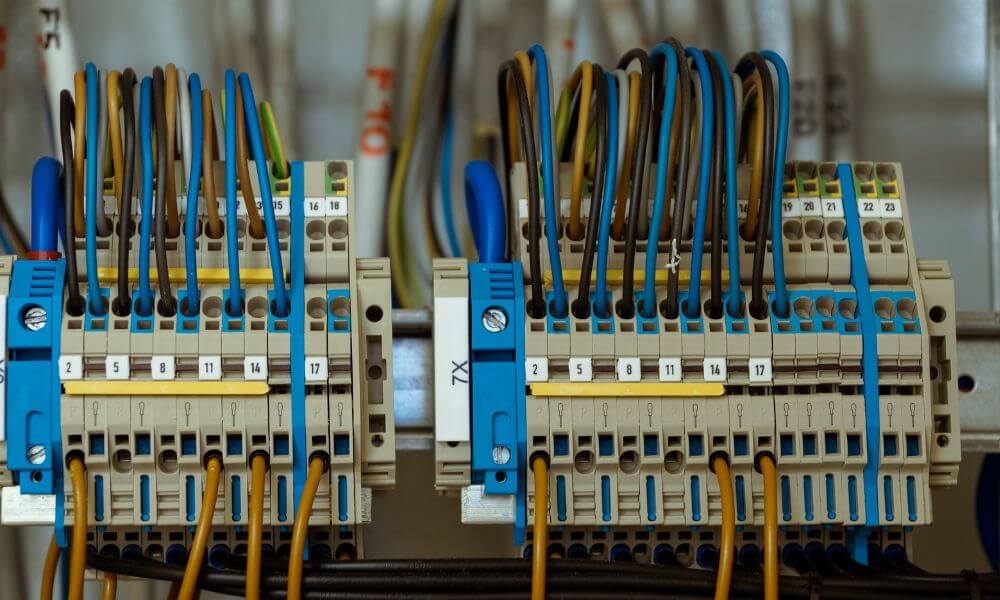Electrical systems are built on circuits, and understanding the difference between 2-wire and 3-wire circuits is key for anyone dealing with electronics, from hobbyists to professional engineers. Here is a straightforward comparison to clarify their purposes, applications, and functionality.
The intricate network of wires and connections lies at the heart of electronic innovations and tech advancements. Whether you’re a DIY enthusiast, a homeowner curious about your electrical system, or an engineer refining your skill set, it’s crucial to grasp the basics of electrical wiring. Two of these fundamental concepts are 2-wire and 3-wire circuits.
These circuit configurations serve as the groundwork for a wide range of applications, from basic household devices to advanced industrial machinery. So, what are 2-wire and 3-wire circuits? How do they differ, and when is each one preferable?
This post demystifies these commonly used circuit configurations. It offers a comprehensive comparison of their traits, advantages, and uses to help you determine which circuit type fits your specific needs. Let’s delve into the distinguishing features of 2-wire and 3-wire circuits.
Difference Between 2-Wire and 3-Wire Circuits

2-Wire Circuits
A 2-wire circuit contains two conductors: the live (or hot) wire and the neutral wire. It’s simple, cost-effective, and easy to configure, making it an attractive option for beginners and for powering basic devices. However, since there are only two wires, it limits the current and is less capable of powering complex or high-demand devices.
Advantages
- Simplicity and lower cost
- Easier to understand and install
Limitations
- Limited current capability
- No dedicated grounding for protection
- Susceptible to voltage drops
Common Uses
- Lighting circuits
- Small appliances
3-Wire Circuits
In contrast, a 3-wire circuit has an additional wire, which can serve as a second live wire or a ground wire. This circuit allows for better current distribution, reduces heat generation, and offers more control over current flow. It also supports more switching devices within the circuit, making it better suited to complex electrical systems.
Advantages
- Greater power handling
- Enhanced safety with a dedicated ground wire
- Less susceptible to voltage drops
- Can support more complex applications
Limitations
- More complex to understand and install
Common Uses
- Major home appliances
- Industrial equipment
- Sensitive electronics
Comparison Table
Difference Between 2-Wire and 3-Wire Circuits
| Aspect | 2-Wire Circuits | 3-Wire Circuits |
|---|---|---|
| Conductors | Two (live, neutral) | Three (live, neutral, ground/additional live) |
| Power | Single-phase basic loads | Single or multi-phase higher loads |
| Safety | Limited fault protection | Enhanced protection with a ground wire |
| Voltage Capabilities | Single voltage option | Dual voltage option (e.g., 120V/240V in the US) |
| Efficiency and Capacity | Lower | Higher |
| Flexibility | Less | More |
| Wiring Color Codes (US) | Black (live), White (neutral) | Black (live), White (neutral), Green/Bare Copper (ground) |
| Wiring Color Codes (UK/EU) | Brown (live), Blue (neutral) | Brown (live), Blue (neutral), Green/Yellow (ground) |
Choosing the Right Circuit
Your choice between a 2-wire and 3-wire circuit depends on:
- The complexity of the setup
- The power demands of the devices involved
- Safety requirements
- Installation capabilities
2-wire circuits are generally suited for low-power applications, where simplicity is preferred. Conversely, 3-wire circuits fit scenarios demanding higher power and enhanced safety, as they can accommodate more complex systems with multiple safety measures.
Conclusion
In summary, 2-wire circuits offer simplicity for basic applications, while 3-wire circuits provide the versatility and safety needed for more demanding uses. Recognizing the difference between 2-wire and 3-wire circuits can ensure effectiveness and safety in your electrical projects.
Home | Our Facebook Page
